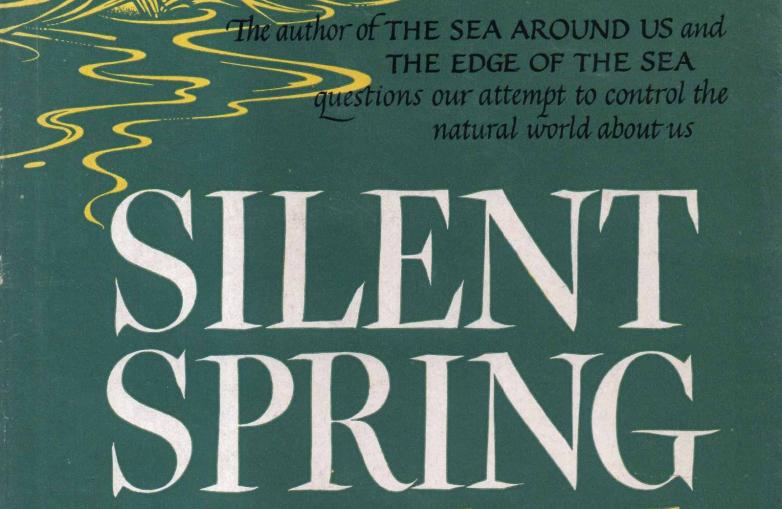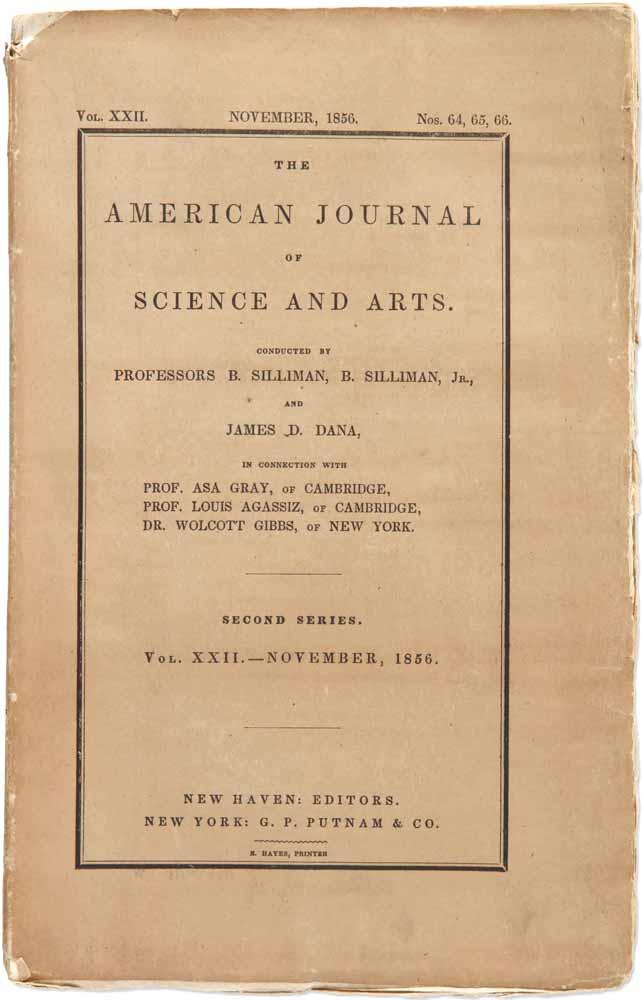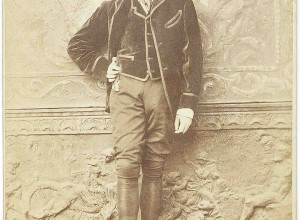Nettell, a former National Park Service ranger, specializes in books about regional and natural history. Another former NPS ranger, Edward Abbey, inspired the original owners of Back of Beyond Books. Nettell has carried that legacy forward. Abbey’s Desert Solitaire (1968) and The Monkey Wrench Gang (1975), pillars of the mid-twentieth-century environmental movement, are definitely on Nettell’s checklist of foundational books in the field.
So are the names already mentioned above. Nettell checked these off readily, then hit on some “dark horse” favorites. One is the first edition of Henry Beston’s The Outermost House (1928). He describes the book as “a meditative classic almost impossible to find in dust-jacketed copies.” For a specialist in the West, this is a notable nod to a book set on the edge of Cape Cod. Also set a long way from the canyonlands, Barry Lopez’s Arctic Dreams makes the list. First published in 1986, the book already reads like a report from another world because of the disruptions since caused by climate change.
The most important ecological book of the past half century is arguably Rachel Carson’s Silent Spring. First published in 1962, the book was recently given the Library of America treatment. Nettell noted that first editions of this hugely influential book are hot. “Editions inscribed by her are rare, and rarer still are topical inscriptions about the book itself.”

















